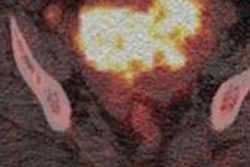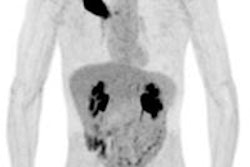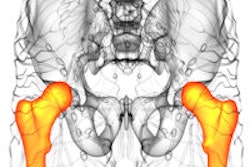Dear Molecular Imaging Insider,
The 100th annual meeting of the RSNA offered its usual wealth of scientific research last week in Chicago. This letter will provide you with information about some of the more novel presentations.
A pilot study from the Imperial College London Cancer Research in the U.K. found that fluoroethylcholine (FEC)-PET/CT is a feasible and promising imaging alternative to FDG-PET/CT to detect cervical and endometrial tumors. While the results are encouraging, the researchers noted that additional evaluation is now needed to assess FEC-PET/CT's staging accuracy. Read more about the study by clicking here.
Another study presented at RSNA 2014 found that using a 15-minute MRI protocol with PET/MR achieves diagnostic accuracy equal to that of PET/CT for patients with non-small cell lung cancer (NSCLC). Researchers from University Hospital Zurich suggest that NSCLC patients can be staged without extra time and are exposed to less radiation than they would get from PET/CT.
Furthermore, adding diffusion-weighted imaging (DWI) to FDG-PET/MRI to stage women with primary or recurrent pelvic malignancies contributes minimal value and is not worth the additional scan time. That conclusion comes from researchers at University Hospital Essen in Germany. They also noted that omitting DWI from the whole-body PET/MRI protocol reduced scan time significantly and did not adversely affect diagnoses.
Also learn more about immuno-PET, the nuclear medicine technique that combines the high sensitivity and resolution of PET with the specificity of a monoclonal antibody. A group from the VU University Medical Center in Amsterdam has developed a semiautomatic, accurate, volumes-of-interest delineation method that is significantly faster than manual delineation.
Meanwhile, multifunctional microbubble agents are showing great potential for medical applications, particularly superparamagnetic iron oxide nanoparticles, which are used as MRI contrast agents. If the functionalities of such agents can be appropriately tailored by adjusting their structure and mechanical properties, they could simultaneously offer early diagnosis and effective treatment.
Be sure to stay in touch with the Molecular Imaging Community on a daily basis for all the latest news and research from around the world.




















